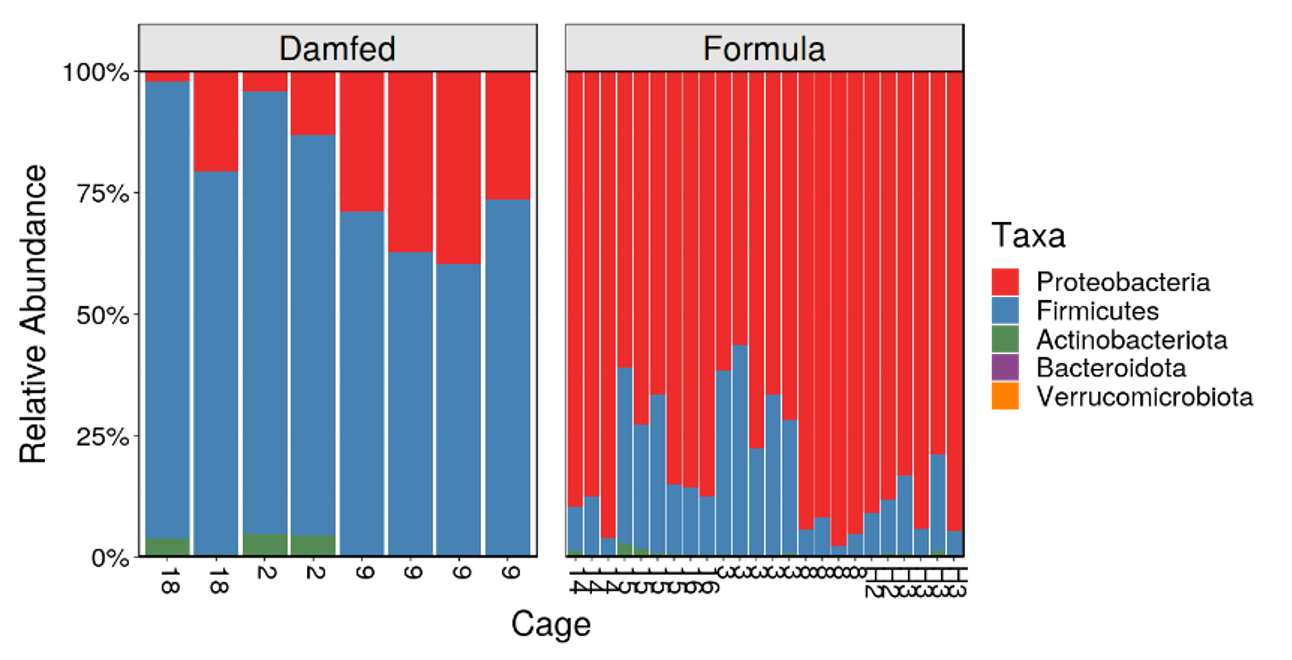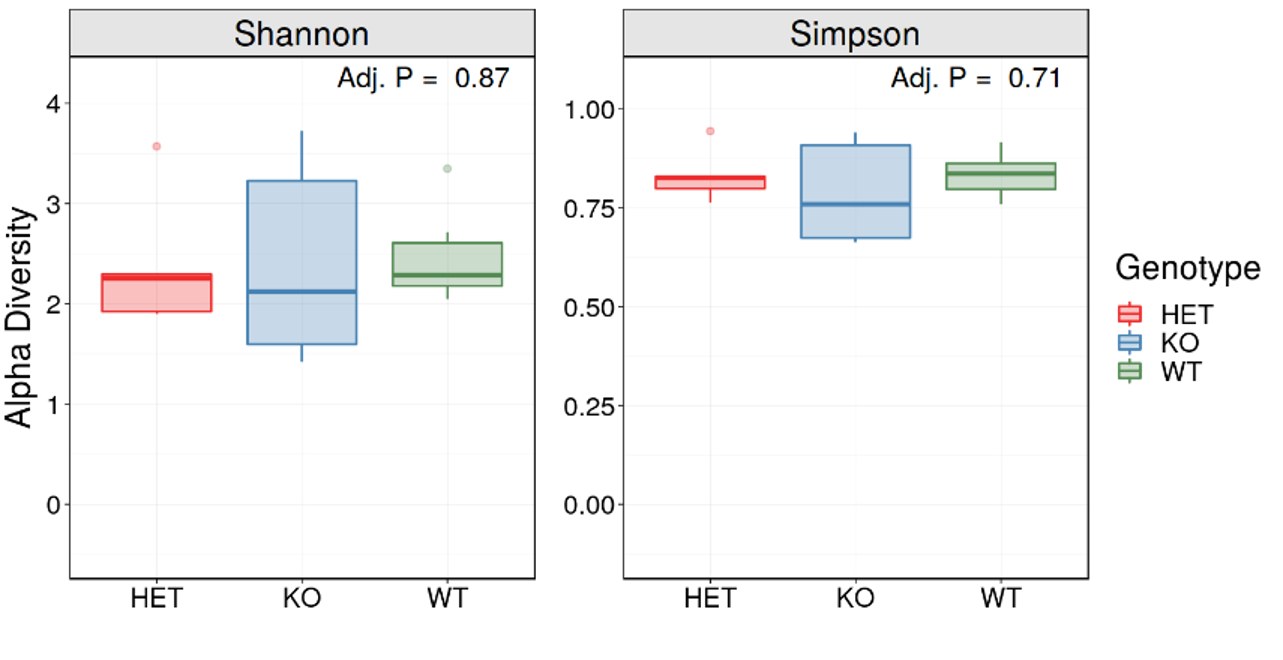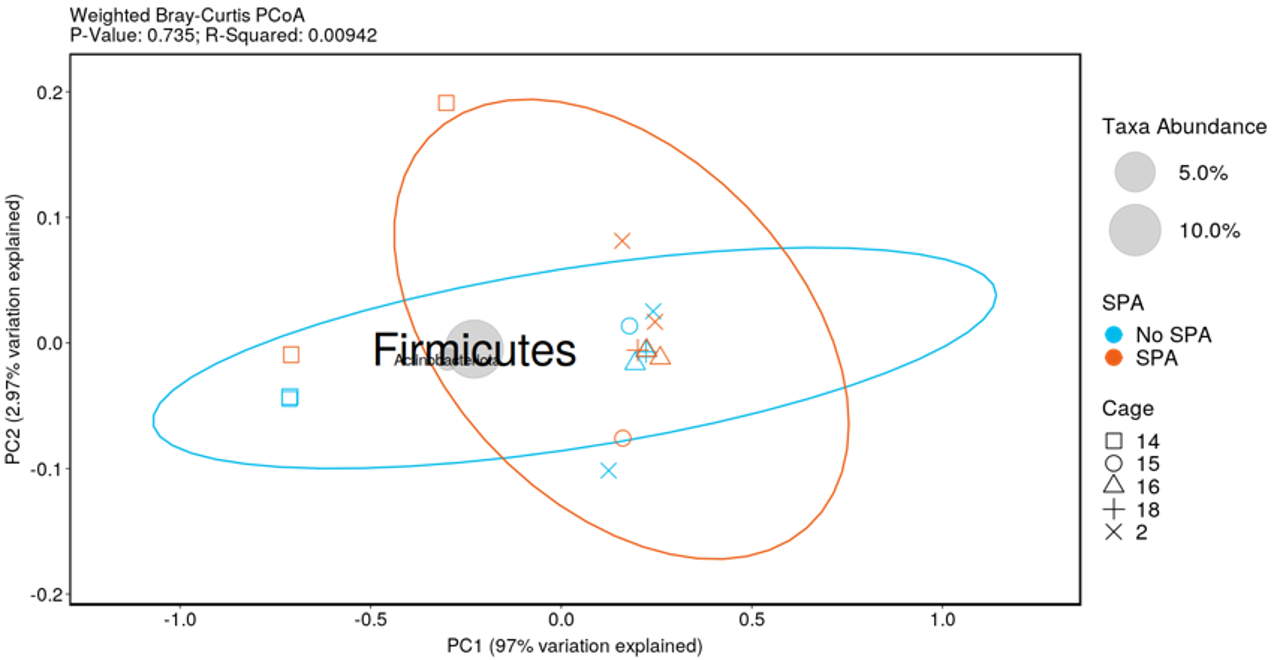Neonatal GI Physiology & NEC
Neonatal GI Physiology & NEC 2: Gut and Liver Health
342 - Surfactant Protein A (SP-A) Impact on Microbiome and Intestinal Integrity in an Experimental Murine Model of Necrotizing Enterocolitis
Publication Number: 342.134

Chandana Ravikumar, DO (she/her/hers)
NPM Fellow
McGovern Medical School at the University of Texas Health Science Center at Houston
Houston, Texas, United States
Presenting Author(s)
Background:
Surfactant protein A (SPA) is present in the intestine and plays an important role in host innate immunity. Aberrant host microbial communities and bacterial translocation are suggested mechanisms for inflammatory responses such as necrotizing enterocolitis (NEC).
Objective:
Assess the impact of exogenous and endogenous SPA on the intestinal microbiome and intestinal integrity in wild-type (WT) and SPA deficient (SPAKO) neonatal mouse pups subjected to a NEC-like illness.
Design/Methods: The effect of endogenous SPA was evaluated using WT and SPAKO pups using heterozygous (HET) and purebred mating. The effect of exogenous SPA was evaluated by gavaging purified SPA to SPAKO pups. NEC-like illness was induced by hypoxia, hypothermia, formula, and bacterial lipopolysaccharides (LPS) exposure. LPS was not used in NEC induction for microbiome analysis. 16S rRNA sequencing was performed on stool samples to assess microbiome composition. Intestinal permeability was determined by detecting Fluorescein isothiocyanate (FITC) dextran in serum by spectrophotometry 3-4 hours after gavage. Terminal ileum sections were processed for assessment of intestinal damage. Ileum epithelial cytokines (IL1β, TNFα, CXCL1, IL10, IL6, and TLR-4) expression was evaluated through real-time quantitative RT-PCR RNA analysis.
Results: The most common bacterial phylum included Proteobacteria, Firmicutes, and Actinobacteria in varying relative abundances. Despite genotype, the formula-fed pups separated from the dam demonstrated an increase in Proteobacteria (21.5% vs. 82.3%, p< 0.005) and a reduction of Firmicutes (76.7% vs. 17.1%, p< 0.005). There is no difference in alpha diversity between dam-fed WT, HET, or SPAKO pups (Shannon p=0.87). Cage-to-cage differences impacted the microbiome more than SPA in dam and formula-fed pups (Shannon p< 0.05, Bray-Curtis p=0.002). Exogenous and endogenous SPA did not impact the microbiome in SPAKO pups with NEC-like illness (Bray-Curtis p=0.74 vs. p=0.24). FITC-dextran concentration in pups with endogenous or exogenous SPA with NEC-like illness did not differ (p=0.1 vs. p=0.94). There was increased mortality in SPAKO compared to WT pups with NEC-like illness (36.4% vs. 0%, p=0.02). Severity score grading of histology and analysis of cytokines are pending.
Conclusion(s): Intestinal microbiome in neonatal mice is more influenced by the breeding group than the presence of exogenous or endogenous SPA with or without experimental NEC. SPA does not have an impact on intestinal permeability of pups subjected to NEC-like illness. However, SPAKO pups have an increased mortality rate compared to WT mice.


